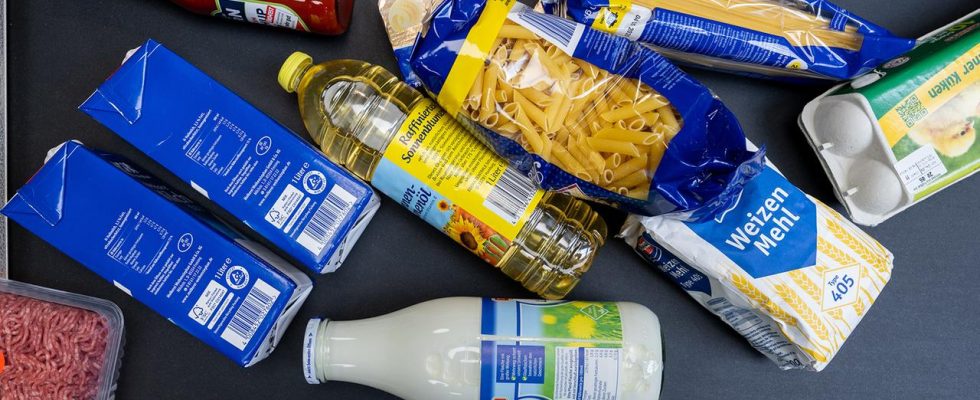There are growing signs that inflation is falling. The inflation rate of producer prices in Germany fell in April for the seventh time in a row. Nevertheless, price increases for consumers are to be expected.
German producer prices rose more slowly in April than they have in two years. The manufacturers of commercial products demanded an average of 4.1 percent more than a year earlier, as reported by the Federal Statistical Office.
In March it was still 6.7 percent. This is the seventh time in a row that the inflation rate has fallen since it peaked in August and September 2022 at 45.8 percent each. Compared to March, however, prices increased by 0.3 percent.
Energy prices slow the rise in year-to-year comparison
In a year-on-year comparison, energy prices in particular had a dampening effect, having risen sharply a year earlier due to the Russian war of aggression and now providing a statistical base effect. In April, energy prices rose by only 2.8 percent compared to the same month last year.
On the other hand, the producer prices for capital goods, which include vehicles and machines, rose significantly in April: They rose by 6.8 percent compared to the previous year.
Rising prices at foods
Food even recorded an increase of 13.6 percent. Some products in particular stood out: sugar rose by 88.9 percent, processed potatoes by 40.5 percent and pork by 18.5 percent.
Milk and cream were charged 23.3 percent more, while butter was 22.4 percent cheaper and untreated vegetable oils 35.7 percent cheaper.
Expect rising prices
Despite the moderate increase in producer prices, experts expect further price increases for consumers. “All in all, not a dramatic figure, but it shows that inflation may be falling, but prices themselves probably aren’t,” commented LBBW economist Jens-Oliver Niklasch on the development. “This applies above all to the products further down the value chain, ultimately also for private end use.”
Producer prices are seen as a precursor to the development of the cost of living. If manufacturers raise or lower their prices, this usually has a delayed effect on private households – at least in part.
In the statistics, the prices are listed from the factory gate – even before the products are further processed or sold. In April, consumer prices were 7.2 percent higher than a year earlier.

